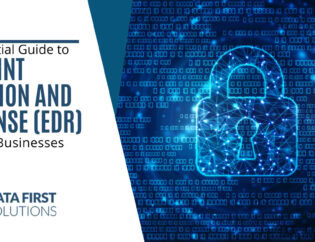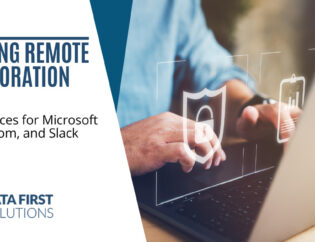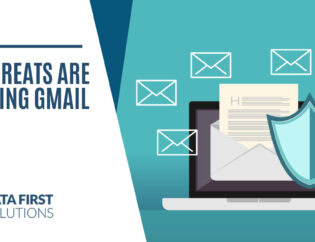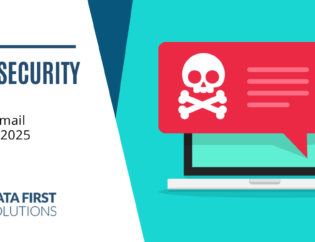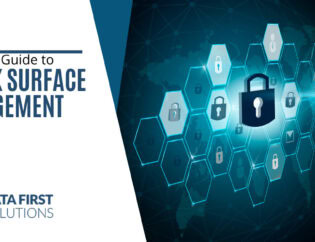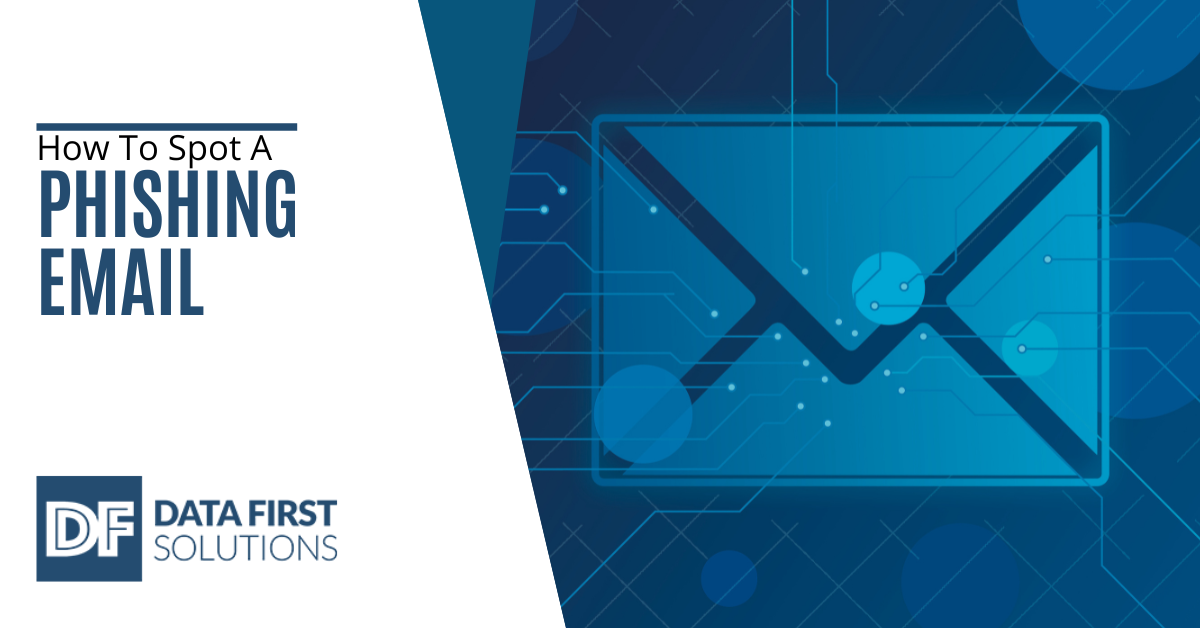
81% of organizations around the world have experienced an increase in email phishing attacks since March 2020. With scam emails only set to increase in 2023, how can you stay protected? The answer lies in education. The more aware you are of the tell-tale signs of a phishing attack, the better you’ll be able to protect yourself in your personal and professional life.
Here’s what to look out for.
Tips For Spotting Phishing Emails
- Verify the email address of the sender: Verify the source is authentic and not a spoof or phoney address.
- Check for grammatical and spelling mistakes: Any faults may be a sign of a scam since legitimate businesses and organizations typically spend hours creating precisely constructed and spelled marketing communications.
- Watch out for language that sounds urgent: To deceive you into clicking on a link or attachment, scammers frequently use words like “urgent” or “time-sensitive” that urge you to take immediate action.
- Check the attachment or link: Hover your mouse over any links to verify their validity before clicking on them or downloading any attachments.
- Be wary of any unsolicited emails: Reputable businesses will often only get in touch with you if you’ve given them permission to. Be cautious if you get an unsolicited email.
- Check for personal details: Incorporated personalization, such as your name or account number, is a common practise among businesses. Generic greetings may be used by scammers.
- Trust your intuition: If anything appears odd or too good to be true, go with your instinct; it probably is. If you have any doubts, trust your gut and don’t be afraid to contact the firm or group in question directly.
Be Wary Of Other Attack Types!
Email phishing is just one form of cyber-attack you need to watch out for. There are several forms of phishing that hackers use to trick their victims, including:
Spear Phishing
Spear phishing targets specific individuals or groups, rather than a broad range of people. These attacks are often more sophisticated and personalized than traditional phishing attempts, as the attacker will have likely obtained personal information about the victim through social media mining, dark web data harvesting and other means.
One of the reasons why spear phishing is so dangerous is that it takes advantage of the trust that individuals have in their friends, colleagues, and other contacts. A spear phisher may use information obtained from social media or other sources to impersonate a familiar or trusted person in an attempt to trick the victim into providing sensitive information or login credentials.
Vishing
In a vishing attack, a scammer uses telecommunications to trick individuals into sharing personal, sensitive information. The fraudster may impersonate a legitimate organization, such as a bank or government agency, in order to gain the victim’s trust.
One of the reasons why vishing is so successful is that it preys on our natural human tendency to trust the spoken word. Scammers often use official-sounding language and may even have access to personal information, such as a social security number, to make the call appear legitimate.
SMS-phishing
SMS-phishing, also known as “smishing,” uses text messages to dupe individuals out of their data or click on a malicious link. The message may ask the recipient to click on a malicious link or call a phone number, which leads to a fake website or automated voice recording designed to steal personal information or infect the user’s device with malware.
What If I Think I’ve Been Phished?
If you’re worried that you’ve fallen for a scam, take these steps as a matter of urgency.
- Change your passwords: For any accounts you think may have been compromised, change the passwords immediately and enable two-factor authentication.
- Go through your accounts: Look over your bank and credit card statements for any suspicious activity.
- Speak to your bank: Contact your bank or credit card issuer right away if you see any strange activity on your bank or credit card accounts.
- Declare it: Notify both the organization the phisher impersonated and the Federal Trade Commission (FTC) about the phishing effort.
- Run a malware scan: To find any malware that might have been installed as part of the phishing attempt, run a scan on your computer and mobile devices.
- Contact us: Our team of experts can help you recover from an attack, and ensure you don’t fall victim again.
Protect Against Phishing Scams Today!
Data First Solutions has unparalleled expertise in cybersecurity. We can help you bolster your defenses.
Contact us to learn more.



